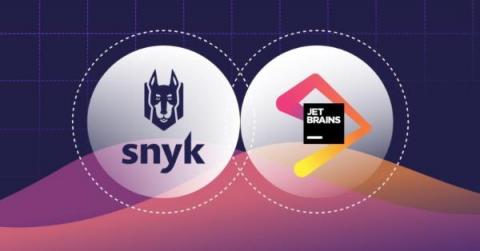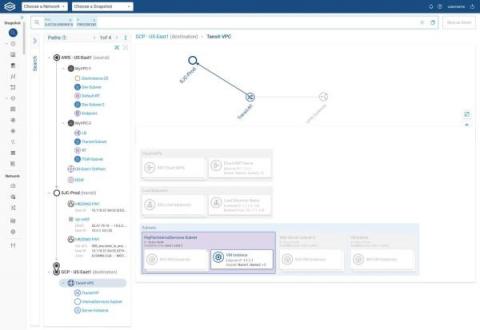Monitoring Cyber Threats Tied to the Russia-Ukraine Conflict
Beyond the disturbing images of the invasion of Ukraine that began February 24 are the invisible cyberattacks that preceded it and continue to be waged on Ukraine by Russian state-sponsored and other threat actors, which also threaten the West. Vedere Labs, Forescout’s threat intelligence and research team, is closely monitoring the evolution of cyber activities connected to the Russian-Ukrainian conflict.











